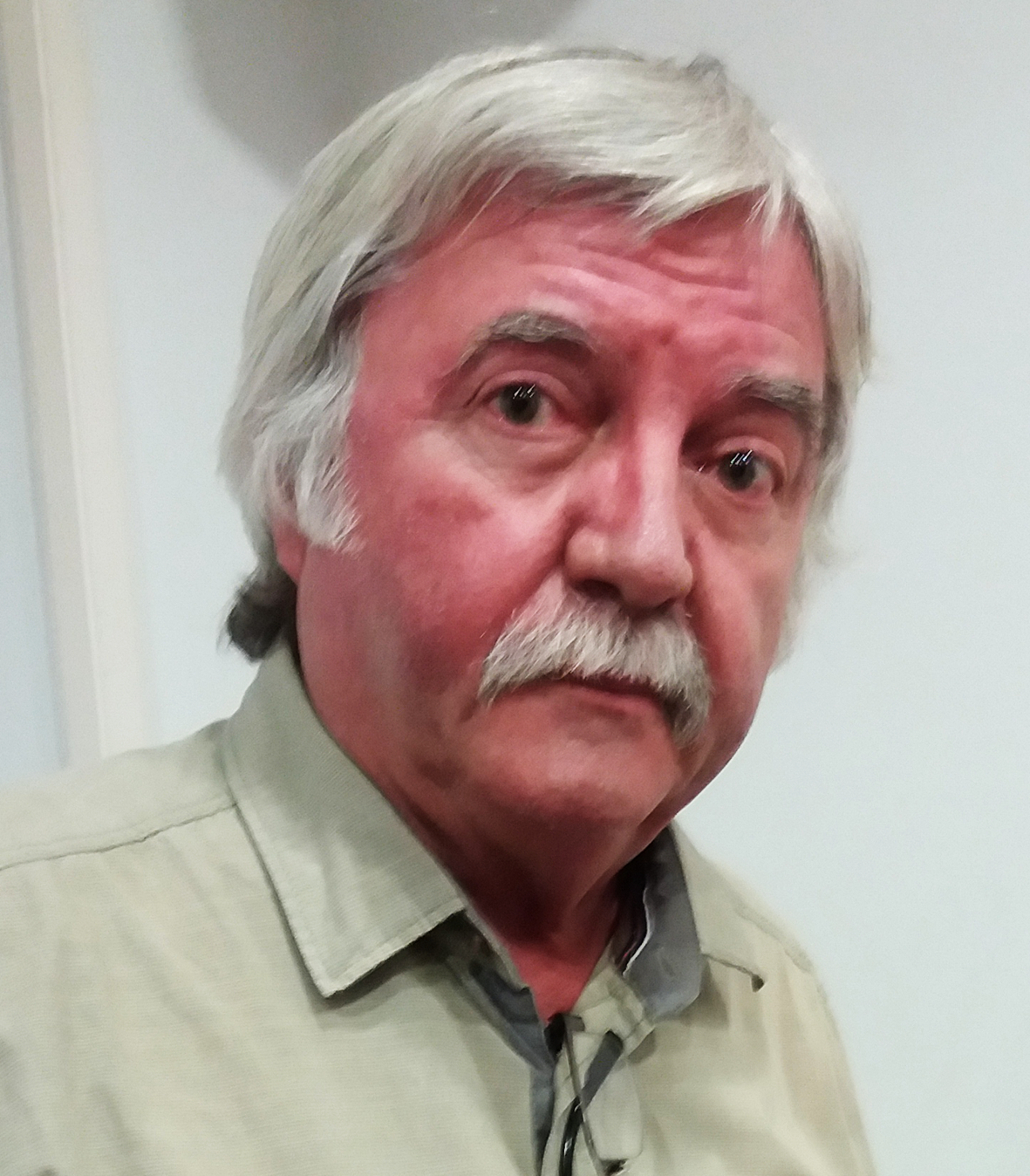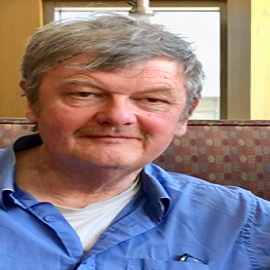Agenda
Conference Schedule
Day 1 full schedule
August 09, 2022 @ 14:00 - 19:10
Adopting laughter therapy to get dosage of happy hormones to remove stress caused by being in slight pain ,being depressed, being unhappy anxious or sad. Saying positive affirmations aloud changes

MS. SUCHI
Vice PresidentGlobal Goodwill Ambassador, Singapore
Singapore
ABSTRACT
Statement of the Problem: There is a lack of awareness about what happy hormonesare ,how to use positive words to feel energetic and what can be done to get happy hormones. People tend to feel unhappy for multiple reasons and neuropathic pain adds on Stress levels of not only the patient but the caregivers as well.Being in pain leads to feeling depressed and anxious in some cases.
Methodology & Theoretical Orientation:
Review of Books and Research shows that getting a dosage of happy hormones will not only ease slight pain of the patient but feeling happy will also have a positive impact on the recovery of the patient.Adopting Laughter therapy and getting hormones which makes one feel good will help many to recover from Neuropathic pain /Long term sadness caused by having grief ,Anger or Resentment, Depression & Anxiety.
Statement of the Problem: There is a lack of awareness about what happy hormonesare ,how to use positive words to feel energetic and what can be done to get happy hormones. People tend to feel unhappy for multiple reasons and neuropathic pain adds on Stress levels of not only the patient but the caregivers as well.Being in pain leads to feeling depressed and anxious in some cases.
Methodology & Theoretical Orientation:
Review of Books and Research shows that getting a dosage of happy hormones will not only ease slight pain of the patient but feeling happy will also have a positive impact on the recovery of the patient.Adopting Laughter therapy and getting hormones which makes one feel good will help many to recover from Neuropathic pain /Long term sadness caused by having grief ,Anger or Resentment, Depression & Anxiety.
Vegetable Oil-derived ‘Hydroxynonenal’ Causes Diverse Cell Death Possibly Leading to Alzheimer’s and Related Lifestyle Diseases

Tetsumori Yamashima
ProfessorKanazawa University Graduate School of Medical Science, Japan
Japan
ABSTRACT
Objective: The real culprit of Alzheimer’s disease remains unelucidated for more than a century. Since Alzheimer’s
disease is often associated with lifestyle diseases such as type 2 diabetes, there should be a common causative factor.
To elucidate this, we focused on ‘Hydroxynonenal’ that is generated during deep frying of ω-6 Polyunsaturated Fatty
Acids (PUFAs).
Methods: Monkeys after consecutive injections of the synthetic Hydroxynonenal were histologically studied to
determine, whether it can induce cell degeneration/death in the brain, liver and pancreas.
Results: In all of the five monkeys injected, hippocampal neurons, hepatocytes and β cells after Hydroxynonenal
injections revealed similar microcystic degeneration and scattered cell death by light microscopy. By electron
microscopy, degenerating cells generally showed lysosomal permeabilization or rupture, electron-luscent cytoplasm,
nuclear dissolution, membrane disruption, mitochondrial injury and accumulation of autophagosomes containing cell
debris. The number of vivid lysosomes were remarkably decreased, compared to the controls.
Conclusion: Targeting ‘Hydroxynonenal’ would help elucidate the pathogenesis of not only Alzheimer’s disease
but also related lifestyle diseases. Since ω-6 PUFAs can induce both GPR40 activation leading to calpain activation
and intrinsic Hydroxynonenal generation leading to Hsp70.1 carbonylation, calpain-mediated cleavage of carbonylated
Hsp70.1 was thought to disturb lysosomal membrane integrity to induce programmed cell death.
Theoretical perspectives on Dementia care through supportive psychotherapy by humanistic-existentialism and Indian Psychology

Partha Malakar
Assistant ProfessorSouth Calcutta Girls’ College, India
India
ABSTRACT
Dementia is the clinical conditions of brain in which a person experiences problems in cognitive and behavioral functioning depending on the severity of the disturbances. Studies indicated that the commonest form of dementia is Alzheimer’s type but other forms are also prevalent. Studies further indicated that number of reported cases of dementia increases for older adults particularly form 75years of age. Treatment of dementia is not available even in 21st century, and then adheres to the psycho-education and psychotherapeutic measures may be beneficial for management of the disorders. Among the various psychotherapeutic measures, supportive psychotherapy had been accepted to be as one of the effective measures. Considering the different perspectives in Psychology as successfully applied in supportive psychotherapy, the present research has focused on how dementia care through supportive psychotherapy could be enriched by humanistic-existentialism and some perspectives of Indian Psychology. Analyzing recent and earlier studies, it may be suggested that supportive psychotherapy for people with dementia may be developed in guiding people to search for both provisional and ultimate meaning by humanistic-existential perspectives in combination with the perspectives of Indian Psychology especially with the perspectives of yoga, ‘Bhagavad Gita’ and ‘Buddhist psychology’.

Jamuna Rajeshwaran
ProfessorClinical Neuropsychology and Cognitive Neuroscience Centre, India
India
ABSTRACT
The mental health of aging persons in India is receiving growing attention as the country is projected to be the home of one of the world’s largest populations of elders. By 2025, the number of persons in India over 60 is projected to reach over 150 million. In light of this rapidly increasing population, dementia and cognitive impairment are expected to increase as well. Early detection of cognitive impairment and dementia is critical to its management and will require developing the capacity to efficiently evaluate and manage occurrence of disease. Among developing countries, as elsewhere, Alzheimer’s disease and vascular dementia are the two most common types of dementia observed. Neuropsychological assessment contributes greatly to the diagnosis of dementia: it documents significant cognitive decline and reveals patterns of cognitive dysfunction that suggest the cause of the dementia. Cognitive deficits can be detected several years before the clinical diagnosis of dementia. Therefore carrying out the neuropsychological assessment at an early stage of dementia has two goals: (a) revealing memory disorders, which are not always associated with memory complaints and (b) Characterizing the memory disorder in the context of cognitive neuropsychology, thus allowing for cognitive rehabilitation Details will be Presented

Evridiki Papastavrou
Associate ProfessorCyprus University of Technology, Cyprus
Cyprus
ABSTRACT
Background: The care of people with dementia is a challenging issue in nursing, mostly because of the patients’ cognitive impairment, communication problems and difficult behavior management that characterizes the disease. These problems may result to increased vulnerability of those patients regarding nursing care. People with dementia might be more prone to missed care, since they cannot express their needs through verbal communication or to demand better care.
Aim: To explore the care delivered to patients with dementia, during hospitalization within the context of missed care.
Method: An observation studyon 13 patients with dementia, in hospital settings using field notes. The total time of observation was 90 hours in two Medical and one orthopedic wards of an acute care hospital. The data were analyzed with content analysis.

Phil Harper
LecturerUniversity of Worcester, UK
UK
ABSTRACT
It can be believed that there are 1.2 million older gay and lesbian people in the U.K (Semlyen 2016). If you apply this number of older LGBTQ people to the fact that one in fourteen people over the age of 65 may develop a form of dementia (Alzheimer’s Society 2017), it can be estimated that there could be around 85,714 gay and lesbian people with dementia in the UK alone.
Session Aims:
To identify micro-aggressions in dementia care.
To explore the impact micro-aggressions may have on a LGBT person living with dementia.
To be able to explore ways we can overcome micro-aggressions in dementia care.
Methods/ Resources
This workshop will consist of a round table discussion around the concept of ‘LGBTQ micro aggressions’. Next the group of delegates, supported and facilitated by myself will look at a case study and identify some of the LGBTQ micro aggressions included. Lastly, the group will explore how they can be managed/ overcome effectively.

Radu Mutihac
Professor EmeritusUniversity of Bucharest, Romania
Romania
ABSTRACT
There is irrefutable evidence that nonlinear analyses employing concepts such as information entropy, fractality, and predictability provide significant diagnostic and prognostic information in several pathologies [1]. Advances in neuroimaging techniques, such as MRI/fMRI/dMRI, PET, SPECT, EEG/MEG, CT have allowed new insights on structural and functional patterns of the human brain in both health and disease, enlarging our knowledge of normal brain organization and the neurobiological basis of neurocognitive and neuropsychiatric disorders. Yet the neurobiological mechanisms underlying specific neurologic impairments are not fully understood. The large spectrum of MR contrast mechanisms renders MRI a powerful and flexible imaging tool for diagnosis in the CNS. Signal attenuation measured by DTI/DSI may optimally map and characterize the 3D diffusion of water as a function of spatial location, which provides valuable information on the health of the brain’s WM. Advances in neuroimaging were completed by developing novel high performance algorithms for image processing [2]. Our studies address dementia syndroms like Alzheimer’s disease (AD), vascular dementia, normal aging, and more. Conventional structural MRI reveals tumors, brain bleeding, strokes, multiple sclerosis lesions, and damage to the blood-brain barrier, but not any damage to axons, whereas diffusion MRI (dMRI) characterizes microstructural changes or differences with neuropathology and treatment. Dissimilarities between healthy tracts of axons and tracts of injured axons reveal correlation with cognitive impairments, some of the symptoms of post-traumatic stress disorder, AD, schizophrenia, epilepsy, and autism. As such, combining information from fMRI on gray matter (GM) and from DTI/DSI on white matter (WM), medical imaging modalities are able to identify structural and functional abnormalities caused by strokes, blood vessels, tumors or traumas, which can cause alteration in thought, reasoning, and behavior. The structural, metabolic and vascular changes in the brain that underlie all cognitive dysfunctions can be observed and quantified. A multimodal MRI study can disclose most causes of neurological impairments and may exclude other cerebral pathology for an accurate diagnosis in the benefit of patients.

Eef Hogervorst
ProfessorLoughborough University, UK
UK
ABSTRACT
In this talk we discuss how the design of dementia can keep people in their own homes for longer and live independent, healthy and safe lives. At Loughborough University we developed persona of people at different stages of dementia with their specific needs and how these relate to design. Using the cognitive changes in dementia, we applied this to the design needs and focused on keeping people independent in carrying out activities of daily life such as bathing, cooking, dressing and engaging in activities. The house was built on a site in Watford London which has 25000 visitors per year. Feed-back we had from people with dementia, their carers and service providers suggested the design had been successful and was much appreciated.

Jack Rogers
Associate ProfessorMass General Hospital, USA
USA
ABSTRACT
We advanced the therapeutic development of selective translation modulators of the amyloid precursor protein (APP) and ferritin, one as a potential anti-amyloid agent and both as promotors of healthy iron homeostasis. We discuss the efficacy of key small molecules that alter translation rates of APP and ferritin proteins by use of 5’Untranslated region-directed reporter transcripts.Our goal is to develop RNA directed molecules as anti-amyloid agents and as future treatments to prevent neurodegeneration and cognitive loss via amyloidosis and ferroptosis, including the prevention ofheavy metal (i.e. manganese and Lead (Pb) toxicity to neurons.



